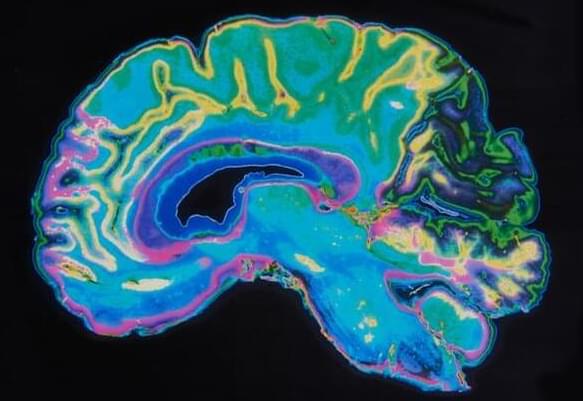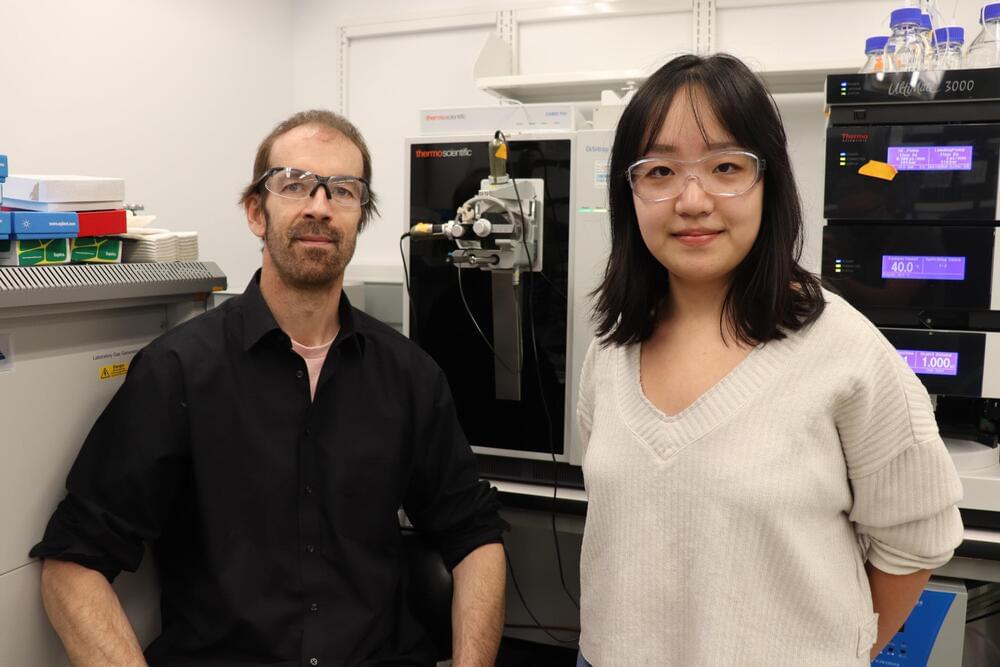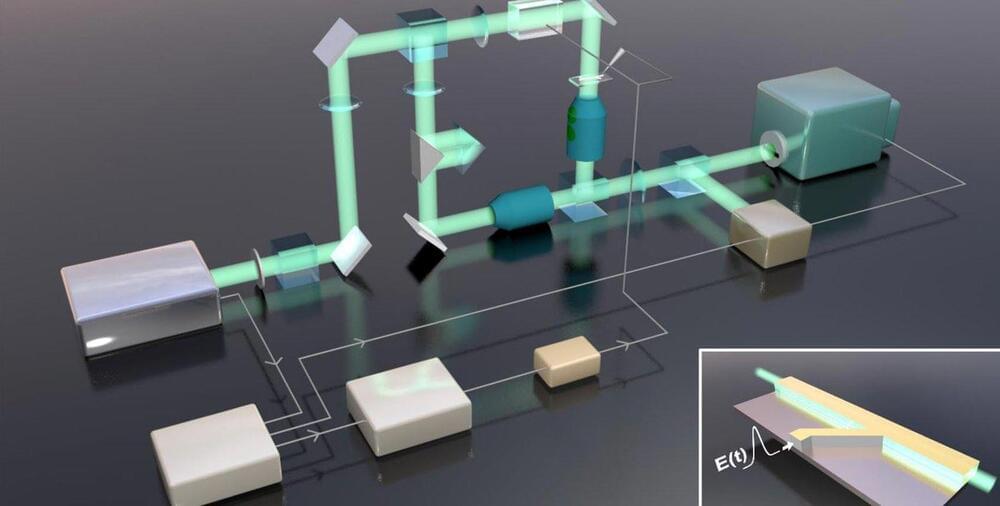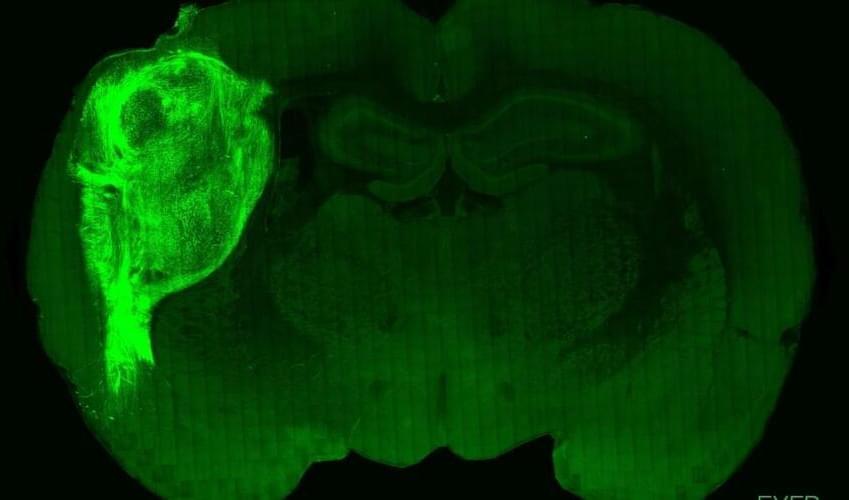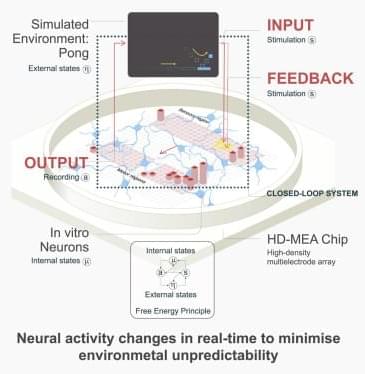With a fresh comment, Elon Musk, the brains behind Tesla and SpaceX, has ignited Twitter once again. “Please purchase my perfume, so I can buy Twitter,” reads his most recent tweet. For those who are unaware, Elon Musk agreed to buy the social networking site Twitter in April 2022.
Twitter said in October 2022 that it had spoken with Elon Musk and that he had verified his willingness to pay the $44 billion sum in question. Musk now plans to make some money by offering perfume for sale online.
In the beginning, Musk bought a 9.2 percent share on Twitter. Musk, however, made the decision to fully acquire Twitter owing to several differences and a desire to promote “Free Speech” on the social networking platform. In April 2022, a settlement was reached between the two sides, and $54.20 per share in cash was agreed upon.

